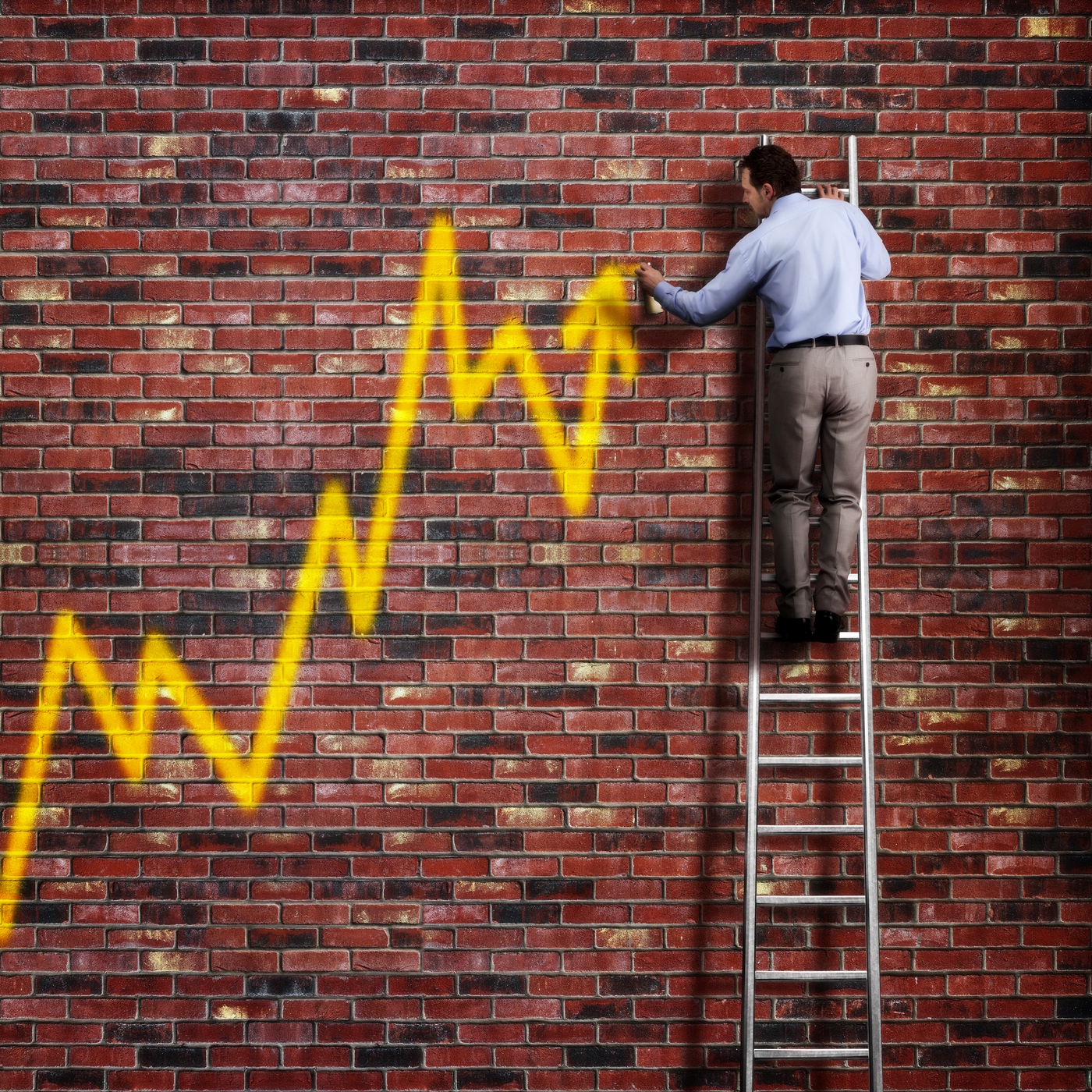
The Dow Jones Industrial Average (DJIA) has finally managed to break above the elusive 20,000 mark. This is a monumental milestone for investors. Still, investors need to understand that the Dow’s 20,000 is not as monumental as when the Nasdaq or the S&P 500 hit all-time highs. The reason for this is simply that the Dow’s index calculation uses an antiquated price-weighting rather than a market cap-weighting.
Some market pundits will tell you that Dow 20,000 is the “end all be all.” Others will tell you that the post-election and pro-growth strategies will make Dow 20,000 just the beginning. 24/7 Wall St. has laid out a path to DJIA 21,422 for late 2017 or early 2018.
What investors should consider here is that there are really six Dow stocks that need to do the job to make the Dow’s rise continue. It is unlikely that the other 24 stocks would flounder, but the top six Dow stocks could rise 10% and the rest of the Dow could stay flat and you would still get another 4% rally or so — more if you include the dividends.
As there are 30 Dow components, each Dow stock should have an average weighting of 3.33% of the entire Dow. The Dow’s price weighting gives the top six components a much higher weighting, as their weightings range from almost 5% up to over 8% of the index. The top six Dow stocks account for a 36% weighting. If the Dow had an equal-weight balancing, the top six stocks would account for 20% of the Dow’s weighting.
It is sad to admit this, but the bottom six components do not even have 2% weighting each. This relegates the likes of General Electric, Cisco Systems, Pfizer, Intel, Coca-Cola and others almost irrelevant to the daily DJIA index move. In fact, the bottom six weightings in the Dow have just a 7.6% total weight in the Dow.
Here 24/7 Wall St. has featured the top six Dow stocks by weighting that would need to take the index rally even higher. The Dow rose 13.4% to 19,762.60 in 2016, outperforming a 9.5% rise in the S&P 500 and a 7.5% gain for the Nasdaq. This ended up being quite close to the 19,700 bull/bear projection from the start of 2016, and now investors should consider why the same methodology is pointing to the Dow rising about 8.4% to 21,422.
Goldman Sachs Group Inc. (NYSE: GS) shares were last trading at $235.26, with a 52-week trading range of $138.20 to $247.77 and a consensus analyst price target of $245.84. Goldman Sachs makes up 8.04% of the total DJIA.
3M Co. (NYSE: MMM) shares were trading at $178.52, with a consensus price target of $189.14 and a 52-week range of $144.05 to $182.27. 3M holds a Dow weighting of 6.05%.
International Business Machines Corp. (NYSE: IBM) shares were last seen at $178.44. The consensus analyst target is $163.55, and the 52-week range is $116.90 to $178.65. Big Blue also makes up 6.05% of the DJIA.
Boeing Co. (NYSE: BA) shares were trading at $165.60. The 52-week range is $102.10 to $165.68. The consensus price target is $161.70. Boeing is weighed at 5.52% of the DJIA.
UnitedHealth Group Inc. (NYSE: UNH) shares were at $161.44, within a 52-week range of $108.83 to $164.00. The consensus price target is $184.14. UnitedHealth has a weighting of 5.52%.
And Home Depot Inc. (NYSE: HD) shares were trading at $138.89. The 52-week range is $109.62 to $139.37, and the consensus analyst target is $148.08. Home Depot makes up 4.75% of the Dow.
Consensus price targets were taken from Thomson Reuters, and each DJIA index weighting was taken from IndexArb.com.
Investors and business owners have a quite different view at the start of 2017 than in recent years. There is a pro-growth strategy that is expected to be great for jobs, followed by lower taxes and lower regulation. Repatriation and America-First are also expected to benefit companies. Just do not forget that a lot of good things have to go smoothly and get through what has been a difficult climate in Washington, D.C., for years. Investors also now expect two or three rate hikes by the Federal Reserve in 2017.
The DJIA bull-bear projection of 21,422 might be short of the 24/7 Wall St. preliminary outlook of 22,000 from the end of December, but this would represent another 8.4% gain that would make the bull market go from an eight-year run to a nine-year run.
Investors also need to keep in mind that the post-election rally is not likely to continue in a straight line all year. The rally has been too big to ignore (hence DJIA 20,000), but some of the gains in late 2016 may have eaten into 2017’s expected gains.
Another issue to consider is that the stock market sold off steadily at the start of 2016 after the late 2015 gains stole from the coming year. At one point in early 2016, the S&P 500 Index was down far more than the 10% threshold to mark a correction. A year ago it was the case that analysts were calling for S&P 500 earnings to rise almost 10%, but the earnings actually were almost flat in 2016. The S&P 500 was also valued at roughly 17 times forward earnings at the end of 2016, and that is a higher valuation than most investors would prefer.
The 10-year Treasury went out with a yield of 2.44% in 2016, and the 30-year Treasury closed 2016 with a yield of 3.06%. On the last day of 2015, the 10-year yield was 2.27% and the 30-year yield was 3.01%. Still, the lows of the year were 1.34% for the 10-year and 2.1% for the 30-year.
Travel Cards Are Getting Too Good To Ignore (sponsored)
Credit card companies are pulling out all the stops, with the issuers are offering insane travel rewards and perks.
We’re talking huge sign-up bonuses, points on every purchase, and benefits like lounge access, travel credits, and free hotel nights. For travelers, these rewards can add up to thousands of dollars in flights, upgrades, and luxury experiences every year.
It’s like getting paid to travel — and it’s available to qualified borrowers who know where to look.
We’ve rounded up some of the best travel credit cards on the market. Click here to see the list. Don’t miss these offers — they won’t be this good forever.
Thank you for reading! Have some feedback for us?
Contact the 24/7 Wall St. editorial team.





